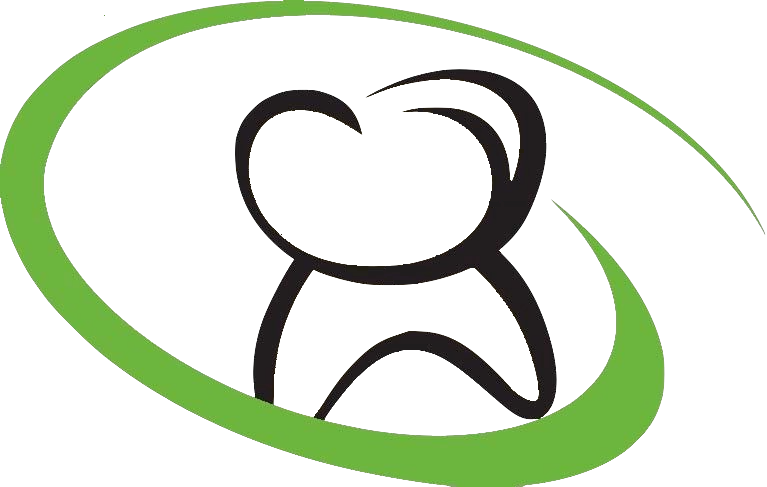Dental Fears
Dental fears, phobias and anxieties associated with dental procedures performed as recently as a generation ago was justified. The modern practice of dentistry has come a long way since our ancestors endured marathon sessions of foot peddle driven dentistry. In the past, going to the dentist was notorious for being a painful experience.
BUT, it no longer has to be that way!
How has it become less stressful visiting the dentist?
Technology has made great strides in dentistry. Because materials and equipment are state of the art, procedures are able to be done much quicker, keeping time spent in the dental chair to a minimum. Shorter visits have a way of helping relieve dental fear.
Modern dentists receive state-of-the art training; therefore, procedures flow smoother and workmanship is of a higher quality.
Very few modern dentists work without the help of auxilliary staff. The presence of highly trained dental staff to support the patient and the procedure create a much more positive experience for the patient. Having a highly trained and organized dental assistant chair-side allows procedures to flow much more smoothly, thereby, helping to minimize dental fears, phobias and anxieties.
Modern dentistry offers several methods of sedation to increase comfort during procedures.
What methods of sedation are available to assist with dental anxiety control?
Oral Sedation-Pills such as, Valium, Triazolam and Xanax are available when appropriately directed to ease dental fears and anxiety. These are generally ingested approximately one hour before the dental appointment. The patient should have a designated driver present, as he or she will experience sedative effects from the pills. These pills are known to "take the edge off" and make the procedure much more tolerable.
Gaseous Sedation--Nitrous Oxide. This gas is administered chair-side by the dentist and mildly sedates the patient. With this gas, the effects are generally out of the patient's system within several minutes after the conclusion of the procedure.
IV Sedation--This method of sedation leaves the patient in a deeply sedated state but still actually conscious. Again, a driver is needed to bring the patient home after the visit is concluded.
General Sedation---Only utilized under very special circumstances and in a hospital setting. This type of sedation is reserved for patients that are very young or mentally challenged with very extensive dental problems.
Oral sedatives may also be prescribed in advance of a dental appointment to help relieve apprehension leading up to an appointment. These are most often taking before bedtime to aid in relaxation. They can cause drowsiness and should not be used during the day.
Modern dentistry does not have to be a fear inducing experience that harkens one back to dentistry of yore. Techniques, equipment, medications, training and staff have all improved vastly improved over the previous generation providing the landscape for comfortable dental treatment. If you are fearful of going to the dentist please call us for a free consultation to just talk about specific options for you.


